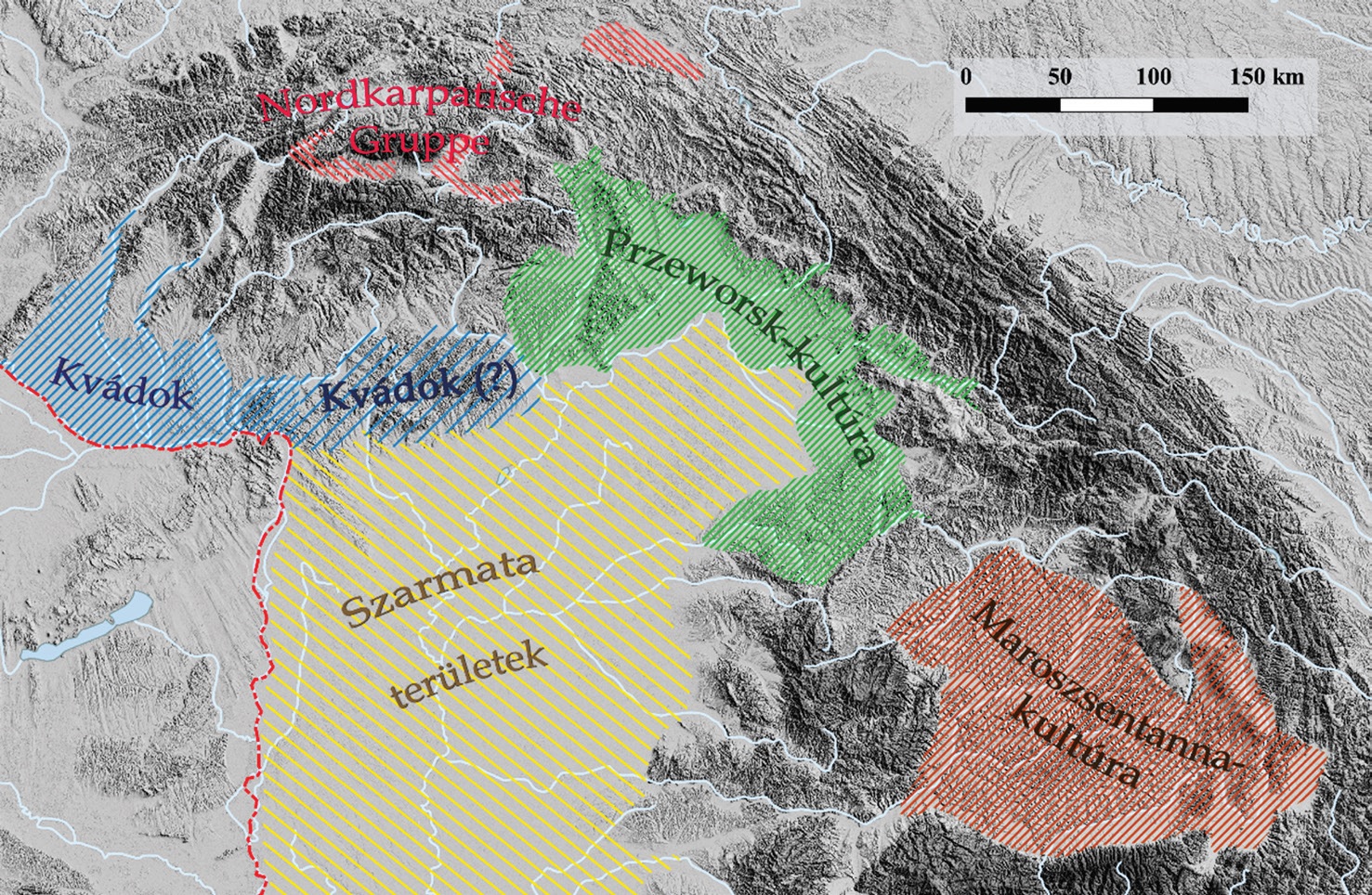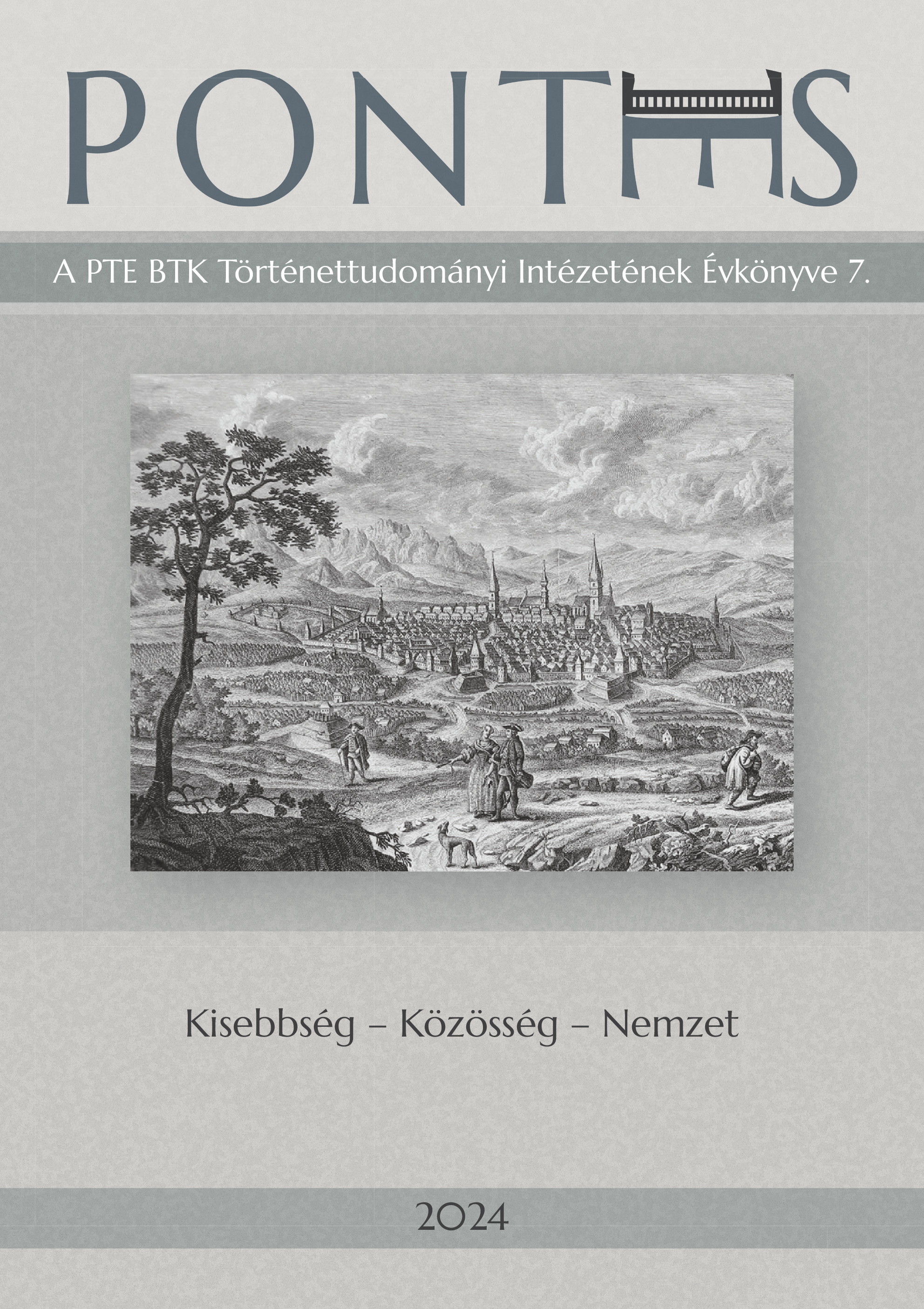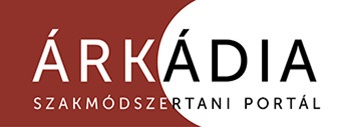Békés együttélés vagy erőszakos hódítás?
Adatok a kontinuitás kérdéséhez a hun korban az északkelet-kárpát-medencei települések alapján
DOI:
https://doi.org/10.15170/PONTES.2019.02.01.06Kulcsszavak:
együttélés, hódítás, kontinuitás, Kárpát-medence, hun korAbsztrakt
Th e northeast part of the Carpathian Basin was densely populated in the late Roman Age. Most of the everyday utensils have been manufactured locally in the settlements, while certain types of the artefacts were purchased from regional markets. In addition to the regional trade and exchange networks, long-distance connections can be traced on the basis of Roman and Barbarian imported items. Radical changes began in the second half of 4th century AD which rearranged the former cultural and economic conditions throughout the Carpathian Basin. The dense settlement network declined, most settlements from late Roman Age date to the turn of the 4th–5th or the beginning of the 5th century AD. In this period new technological and typological characteristics appeared among the settlement fi nds, most of which show connections with the Sântana de Mureş-Chernjakhov culture. Continuity can be observed in some areas, however, in these regions the new cultural infl uences brought forth the formation of a specifi c material culture. However, newcomers had also settled in the Upper Tisza Region: so far, the so-called Post-Chernjakhov horizon can primarily be identifi ed in Hungary based on cemeteries. A new social and economic system was formed in the 5th century AD that differed from the social structure of the previous late Roman Age. Small grave groups or lonely burials were spread all over the Carpathian Basin as remains of a new social system. The settlements belonging to the ‘classical’ Hunnic period graves are mostly unknown. The main reason behind the problem is that the dating of the settlement finds, consisting of pottery, iron and bone tools, is not compatible with the relative chronology of the Hunnic period worked out based on grave goods. The research of the representative burials and the remains of everyday life were separated in this period.

Downloads
Megjelent
Folyóirat szám
Rovat
License
Copyright (c) 2019 PONTES

This work is licensed under a Creative Commons Attribution-NonCommercial-NoDerivatives 4.0 International License.














